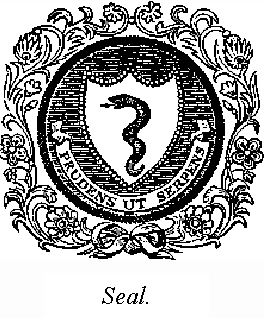NAAS
NAAS, an incorporated market, post, and assize town (formerly a parliamentary borough), and a parish, partly in the barony of SOUTH SALT, but chiefly in that of NORTH NAAS, county of KILDARE, and province of LEINSTER, 17 ¾ miles (N. E. by N.) from Athy, and 15 ¾ (S.W.) from Dublin, on the great southern road to Cork; containing 4777 inhabitants, of which number, 3808 are in the town. This place, which is of very great antiquity, was at a very early period the residence of the Kings of Leinster; and after the invasion of Ireland by the English, was granted by John, Earl of Morton, to William Fitzmaurice, together with the adjacent territory and various important privileges, with a market and a very extensive jurisdiction in all pleas except those of the crown. It was soon after surrounded with a wall and strongly fortified; several castles were erected and many houses built; and from its central situation within the English pale, it rapidly rose into importance.
17 ¾ miles (N. E. by N.) from Athy, and 15 ¾ (S.W.) from Dublin, on the great southern road to Cork; containing 4777 inhabitants, of which number, 3808 are in the town. This place, which is of very great antiquity, was at a very early period the residence of the Kings of Leinster; and after the invasion of Ireland by the English, was granted by John, Earl of Morton, to William Fitzmaurice, together with the adjacent territory and various important privileges, with a market and a very extensive jurisdiction in all pleas except those of the crown. It was soon after surrounded with a wall and strongly fortified; several castles were erected and many houses built; and from its central situation within the English pale, it rapidly rose into importance.
A priory was founded here in the 12th century by the Baron of Naas, for Canons Regular of the order of St. Augustine, and dedicated to St. John the Baptist, which flourished till 1316, when the town was sacked by the Scots; but it was soon restored. In 1355, a convent for Dominican Friars was founded here by the family of Fitz-Eustace. Henry V., in the 2nd year of his reign, granted to the "Portreeve, Burgesses, and Commonalty of the town of Naas" certain tolls for 20 years, to enable the inhabitants to wall their town. In 1419 a parliament was held at this place, and in 1484, a convent for friars eremites of the order of St. Augustine was founded, but by whom is uncertain. The lord-Deputy Skeffington, in 1534, took the town from Lord Thomas Fitzgerald, who was then in open rebellion and had made himself master of it. In 1569, Queen Elizabeth granted a charter, which, without reciting or alluding to any previous charter, declares that the town of Naas shall be a free and undoubted borough. In 1577, between 700 and 800 thatched houses were burned on the night of a festival, by Roderick Oge O'Moore and Cormuck O'Conor, at the head of a party of insurgents from the country to the west of the English pale.
The charter of Elizabeth was confirmed and extended by James I., in 1609; and the borough, which was supposed to have existed only by prescription, was incorporated by the designation of the "Sovereign, Provosts, Burgesses, and Commonalty of Naas." A new charter was afterwards granted by Charles II., in 1628, but the town has been always governed by the charters of Elizabeth and James I. It was garrisoned by the Earl of Ormonde in 1648, and after experiencing many vicissitudes, in which it suffered severely, was finally taken for Cromwell by Cols. Hewson and Reynolds, in 1650. During the disturbances of 1798, this place was the scene of the first open act of insurrection; a party of insurgents attacked the town on the 24th of May, but were repulsed by the garrison, commanded by Lord Gosford, which, in anticipation of an assault, had been previously reinforced. The insurgents sustained for some time the attack of the Armagh militia and of Sir W. W. Wynne's fencible corps, but retreated after the loss of about 150 of their men.
